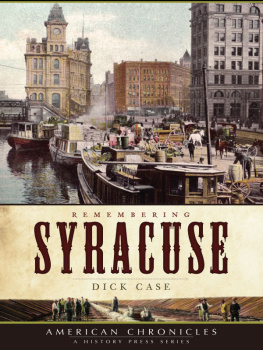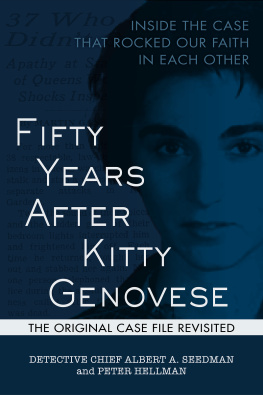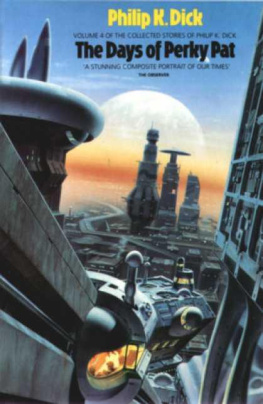

Published by The History Press
Charleston, SC 29403
www.historypress.net
Copyright 2009 by Dick Case
All rights reserved
All images are courtesy of the Post-Standard unless otherwise noted.
First published 2009
Second printing 2012
e-book edition 2013
Manufactured in the United States
ISBN 978.1.62584.242.8
Library of Congress Cataloging-in-Publication Data
Case, Dick, 1935
Remembering Syracuse / Dick Case.
p. cm.
A collection of Dick Cases Neighbors columns first printed in the the Post standard.
print edition ISBN 978-1-59629-583-4
1. Syracuse (N.Y.)--History--Anecdotes. 2. Syracuse (N.Y.)--Biography--Anecdotes. 3. Syracuse (N.Y.)--Social life and customs--Anecdotes. 4. City and town life--New York (State)--Syracuse--Anecdotes. I. Post-standard (Syracuse, N.Y. : Daily) II. Title.
F129.S8C35 2009
974.766044--dc22
2008050261
Notice: The information in this book is true and complete to the best of our knowledge. It is offered without guarantee on the part of the author or The History Press. The author and The History Press disclaim all liability in connection with the use of this book.
All rights reserved. No part of this book may be reproduced or transmitted in any form whatsoever without prior written permission from the publisher except in the case of brief quotations embodied in critical articles and reviews.
CONTENTS
INTRODUCTION
Years ago, in graduate school, a professor introduced me to an idea that a mentor had shared with him years before: There are certain people and events that fall below the level of historic scrutiny. Its up to you to find them.
Thats been my big calling through the years, about fifty, as a writer for the Syracuse Post-Standard and Herald-Journalto find people and events that dropped between the cracks of history. Like gems hidden at the bottom of a mine, they dont sparkle until you find them and bring them to the light. These are the sort of folks who lit up my life through a career. They own the small stories that dont make headlines. They rest there, waiting to be mined.
My hometown of Syracuse has thousands of these stories. When I started writing my column, it was part of my charge to find the stories that werent the stuff of big news but were interesting nonetheless. Ive gathered a few together for this book.
At the very beginning, back in 1979, I made a list of possible columns. Not all of the ideas lasted to a finished product, but the list soon dried up. I was able to keep the column going with ideas from my readers and my own curiosity, chasing history on the run.
Looking back on all of those columns, its quite a harvest, good and bad. Some pieces stand up to the test of time; others fade quickly, like flowers that get too much sun.
Some of the columns in this book reflect my interest in history. When possible, I try to give the story its proper setting in time, adding a few facts to the current event. In that work, my friends at the Onondaga Historical Association have been steady and helpful companions. The reader will notice that some of the articles add bits and pieces of local history. They are not served all at once, the way a historian might do, but in little portions, to be savored and enjoyed.
The stories drift across a broad spectrum, from John Wilkinson, the man who named our city, to Bill LaMirande, the artist who painted our picture, sometimes capturing a moment with a brush stroke.
Youll read about Jonathan Bailey, a soldier in Iraq; Roy Simmons, the artist and lacrosse coach; Giovanni Gianelli, the craftsman in wood; Jimmy Smith, the short-order cook; Nick Morina, the barber; Ray Rinaldi, the boxing coach; and Father Joe Champlin, the remarkable writer-priest who died last year after a long fight against a disabling disease.
There are sad tales like those of the tossed-out dead babies and the missing professor, and there are joyous elements such as the reopening of the Palace, the neighborhood movie house, and the Asciotis, the happy makers of meatball fixings.
Sheltered in one book, all help to tell the story of our town. There are many more to be revealed.
Dick Case is a columnist for the Syracuse Post-Standard, where the originals of these columns appeared. Text and pictures are reproduced with Post-Standard permission.
PART I
HISTORY LESSONS

THE ARTIST
Bill LaMirande is the retired General Electric Company guard who lives on Lydell Street in a town neighborhood called Skunk City. He recently found himself as an artist. He works at it every day. Actually, Bills been painting and drawing for forty years. He put in thirty-five watching over Electronics Park. So, I said to him, Art was a hobby, all that time.
Wrong, Bill thundered in a very polite way. Guarding was a hobby. We laughed. I always wanted to become a painter, he said.
We were in the basement of the LaMirandes little yellow house at that moment. Here the artist stands, in front of a workbench, looking up at his driveway through a window, and perfects the watercolor sketches that threaten to take over the building that Bill, his wife, Ann, and daughter, Amy, call home. The studio is a LaMirande gallery. Likewise are much of the first-floor kitchen, dining and living rooms.
Theres a ton in the attic, too, Bill explained. I believed him. My first one was a copy of a Czanne. After that, they just kept coming and coming. The man likes what he does, and it shows. You imitate others for years and years, and then you finally become yourself, and youre amazed at what youve become, he said.

Artist Bill LaMirande works on a painting at his Skunk City home.
Bills surprised at our interest in what hes able to do on that modest sketch pad of his. Hes amazed that someone is willing to pay money to put an original LaMirande on his own wall. Hes amazed that a Syracuse gallery recently decided to show his work. I was introduced to a few of what you might call Bills town sketches at Artifice Gallery, 223 Walton Street, in Armory Square. Catherine Gottlieb opened her shop in September to show things that might not ordinarily be seen in Syracuse. Bill walked in off the street with a packet of fifty or sixty of the watercolors hes been doing the last couple of years. Catherine told me that she liked what she saw. I think his art is wonderful, she says.
I recommend stopping by the gallery to check out what Bills up to here. My computer comes up short explaining the sketches. If you leaf through a packet, the way I did the other day in Bills living room, you might think youre looking at the same imaginary street winding up to a horizon over and over again. Look again, and you notice that theyre different, each one. Variations on a theme, according to their creator. No, he explained, this is not a particular street, although people tell Bill that they recognize landmarks in his sketches. Even the names we see on the store signs are fantasies.
Memories moved Bill. The streets are from memories I have as a child, he explained. I remember the whistles blowing and the smell of coal gas in the air and the workers going to work. Those memories move me to paint.
Next page
















